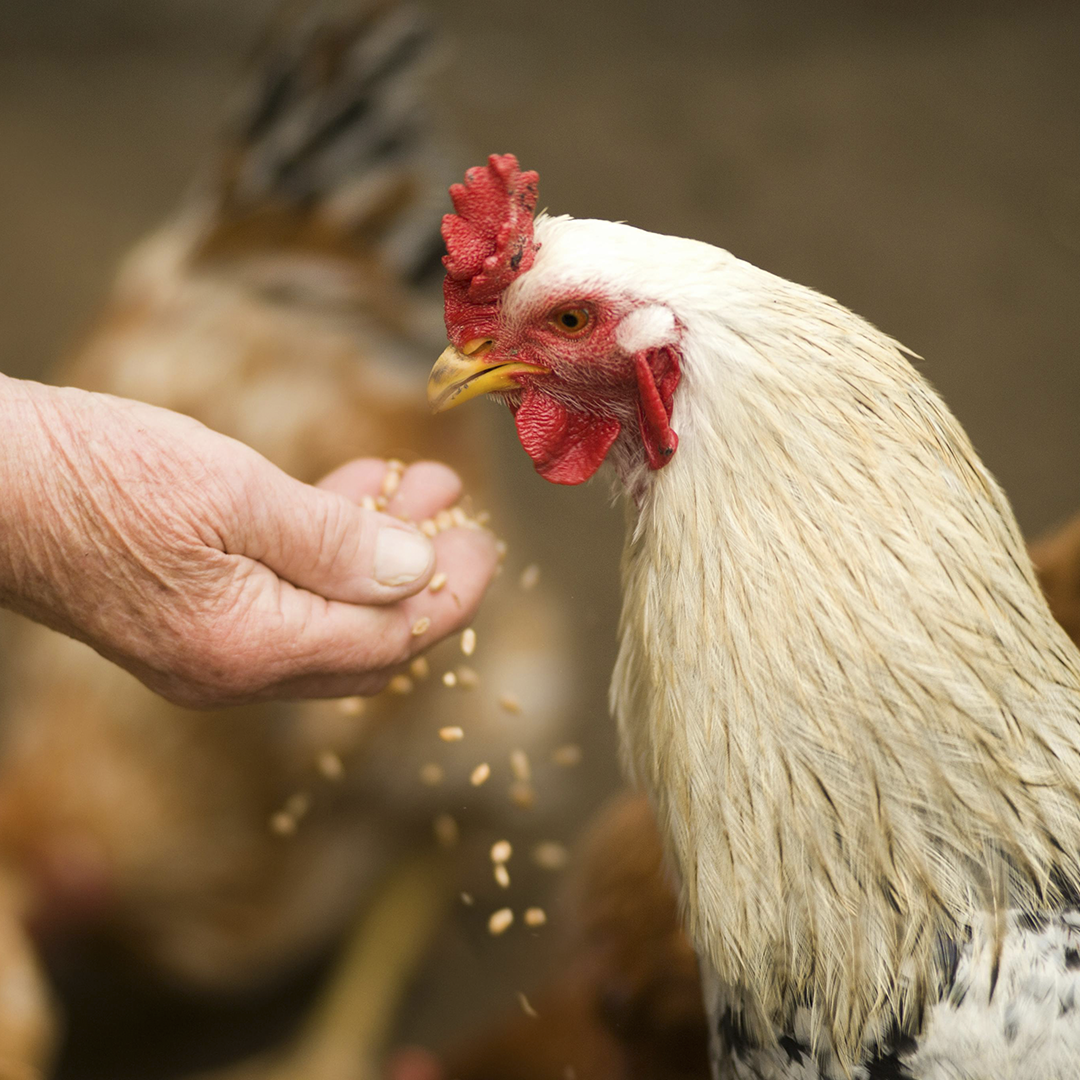
November 20, 2018
Trial of XTi PAWS on Hy-line W36 layer hen production and growth, 3/2017 – 11/2018
Internal XTi Trial
Conclusion: Exposure of Hy-line W36 laying hens to XTi’s pulsed alternating wavelength system (PAWS) resulted in faster bird growth, improved egg production, and better egg-size distribution compared to the control and W36 breed standard.
Study Objective:
- To evaluate the effect of XTi PAWS on production and growth of Hy-line W36 layer hens.
Background:
- Previous pilot study on layer hens showed improved egg production and egg size distribution under 24hr lighting.
- Pilot study showed hints of possible impact on bird growth under XTi lighting.
Methods:
- The study was conducted at XTi’s research facility in northern Colorado.
- 216 Hy-line W36 layer hens were obtained from a local producer at 12 wks. The birds were placed into 9 tents of different XTi “recipes” and a control. Birds were placed under ramping light schedules or 24hr lighting.
- Birds were started on “grow” light recipes and changed to “lay” light recipes at week 16.
- Data was collected until birds were 87wks old. One tent was kept until week 100.
- Birds were kept in commercial battery cages and fed standard 18% lay feed.
Results:
- Birds under XTi grow recipes showed a 9.8% increase in weight over control birds at 21 wks.
- XTi lit birds reached max egg production 2-3 weeks earlier than birds under control lighting.
- XTi egg production was better than internal control and comparable to W36 breed standard.
Discussion:
- XTi “grow” recipes showed promising results on early bird growth.
- Early production shows possible financial impacts of early bird growth and maturity.
- No negative health outcomes were noted for the birds.
- Animal behavior under XTi lighting was improved: calmer, easier to handle birds.
- Additional research is needed to further assess impacts on growth, production, and animal health.